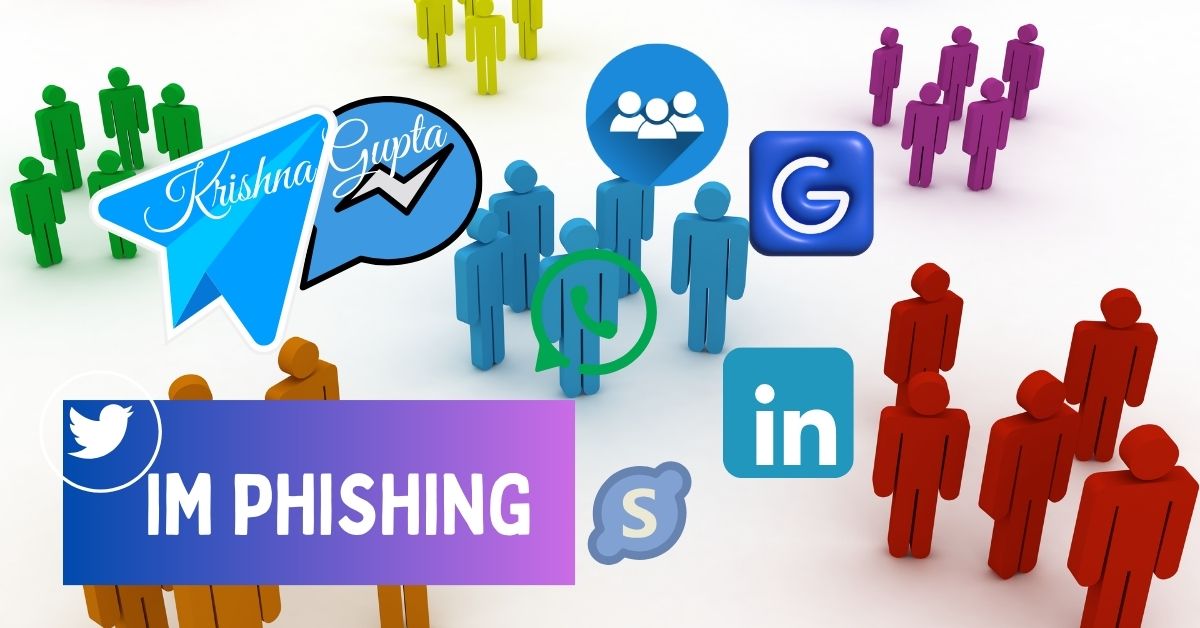Is Your Company Slacking on Security? The Rise of IM Phishing and What You Can Do About It
As C-level executives, we must urgently address the growing threat of IM phishing. Instant messaging (IM) platforms like Teams and Slack, essential for collaboration and productivity, have also become a breeding ground for cybercriminals. This hidden threat can’t be ignored.
Unlike emails, which face increasingly sophisticated spam filters, IM messages can bypass these defences and land directly in your employees’ inboxes. This creates a prime opportunity for attackers. Imagine a seemingly urgent message from your CFO requesting immediate action on a critical financial document. The pressure to respond quickly, coupled with the familiarity of the sender (spoofed, of course), can lead to costly mistakes.
The High Cost of a Low Click
Let’s not underestimate the potential impact of an IM phishing attack. The consequences can be severe:
- Financial Loss: Exposed credentials can lead to unauthorised access to accounts and fraudulent transactions, potentially causing significant financial harm to your business.
- Data Breach: Sensitive information can be stolen, jeopardising customer trust and regulatory compliance.
- Brand Damage: A data breach or financial loss can tarnish your company’s reputation.
The Alarming Rise of a Stealthy Threat
Here’s what makes IM phishing so dangerous:
- Spoofing and Impersonation: Attackers can effortlessly mimic colleagues or executives, creating a false sense of urgency and trust that can easily deceive your employees.
- Bot Accounts: Sophisticated bots can engage in believable conversations, further luring victims into a false sense of security.
- Link Previews: Malicious links can be disguised with seemingly harmless previews, tricking users into clicking.
- Track Covering: Attackers can edit messages and even delete accounts, making them harder to detect.
Taking Action: Fortifying Your Defense
Don’t let IM become a backdoor for cyberattacks. Here are concrete steps to strengthen your company’s defences:
- User Education: Train your employees to identify suspicious messages, verify sender identities, and avoid clicking on unknown links.
- Multi-Factor Authentication (MFA): Implement MFA to add an extra layer of security for all accounts.
- Restrict Administrative Privileges: Limit the number of users with admin access to IM platforms.
- Monitor and Audit: Regularly monitor IM activity and implement tools that detect suspicious behaviour.
- Information Security Culture: Foster a work culture of Information Security by actively promoting best practices and empowering employees to report and respond to suspicious activity.

Dear C-Suite, the ball is in our court. We must take immediate action to address the growing threat of IM phishing. By educating our employees and fortifying our defences, we can significantly minimise the risk of falling victim to these sophisticated attacks.
Remember, information security is no longer an IT issue; it’s imperative for business. Let’s work together to protect our companies and ensure the continued success of the digital age.